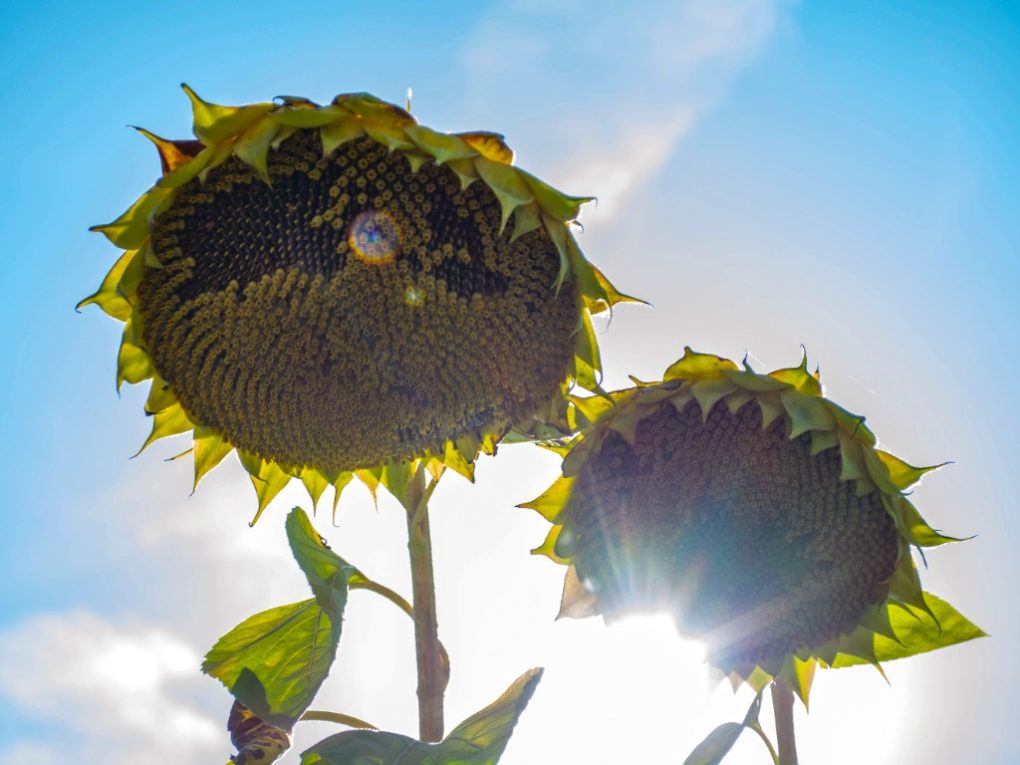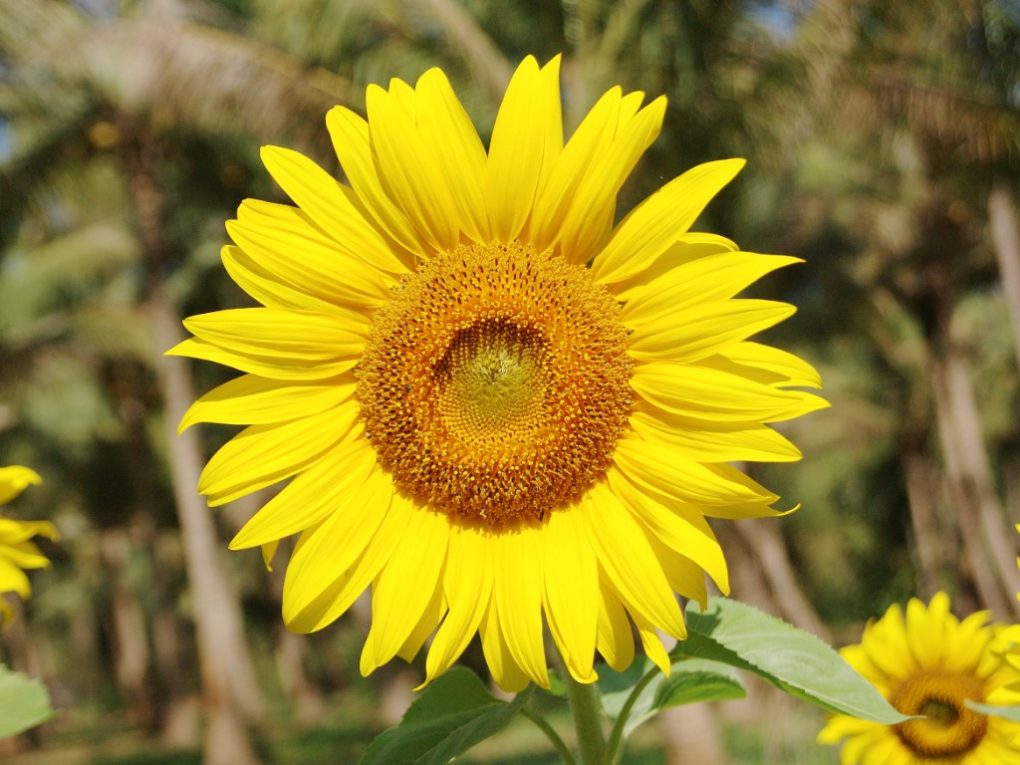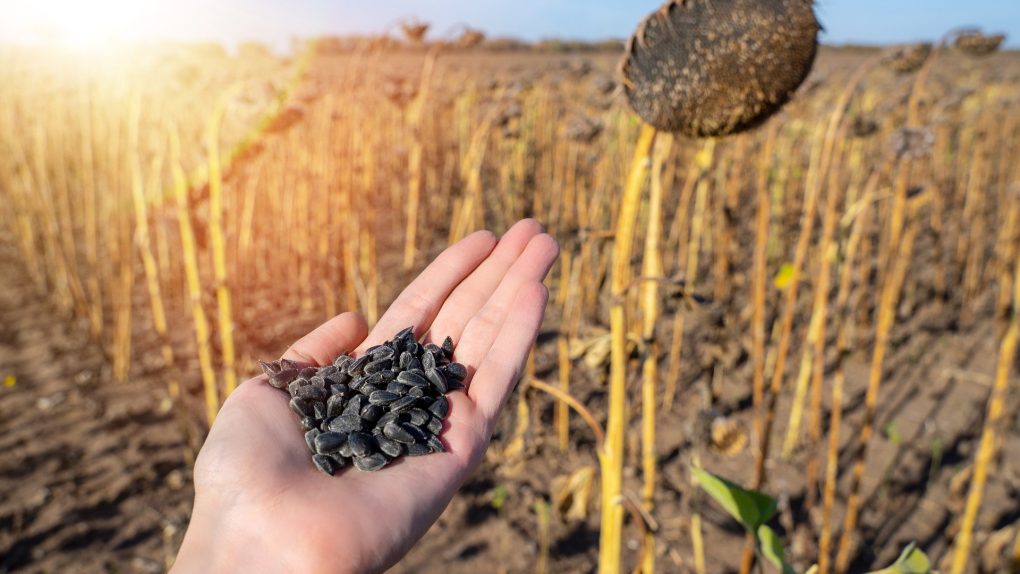Do Sunflower Plants Die After They Bloom? Exploring the Life Cycle of Sunflowers
Sunflower plants die after they bloom because they are annual plants, which complete their life cycle in a single growing season.
Once the sunflower has bloomed, it devotes its energy to producing seeds within its large flower head. After the seeds are mature, the plant begins to wither and eventually dies. This senescence process is a natural part of the plant’s life cycle, allowing new seedlings to grow and continue the cycle in the next growing season.

Table of Contents
Life Cycle of Sunflower Plants
Growth Stages of Sunflower Plants
Sunflower plants go through several growth stages before reaching maturity. The first stage is germination, where the seed begins to sprout and develop roots. The second stage is vegetative, where the plant grows leaves and stems. The third stage is the reproductive stage, in which the plant produces flowers and seeds.
During the vegetative stage, sunflower plants grow rapidly and develop a strong root system. Depending on the conditions, this stage may last for several weeks. During this stage, sunflower plants need plenty of sunlight, water, and nutrients to thrive.
Once the sunflower plant reaches the reproductive stage, it produces flowers. The flowers have many small florets arranged in a circular pattern. The outer florets are called ray florets and are usually yellow or orange. The inner florets are called disc florets and are typically brown or black.
Blooming Stage of Sunflower Plants
The blooming stage is the most visually stunning sunflower plant’s life cycle stage. During this stage, the sunflower produces a large, showy flower that can be several inches in diameter. The flower is made up of many small florets that are arranged in a circular pattern.

Once the sunflower plant has bloomed, it will begin to produce seeds. The seeds are located in the center of the flower, in a structure called the seed head. The seed head is made up of many small seeds that are tightly packed together. As the seeds mature, the seed head will dry out and turn brown.
After the seeds have matured, the sunflower plant will die back. The leaves and stems will turn yellow and brown, and the plant will stop growing. Eventually, the entire plant will die and decompose, returning nutrients to the soil for future plants.
Post-Bloom Stage of Sunflower Plants
After the sunflower blooms, it enters its post-bloom stage. During this stage, the plant focuses on seed production and eventually dies. Here are some important sub-sections to consider:
Seed Production
One of the main purposes of the post-bloom stage is seed production. Once vibrant with yellow petals, the sunflower’s flower head will now start to wilt and dry out. The seeds will continue to mature and dry out, eventually turning brown and ready for harvest. The time it takes for the seeds to mature can vary depending on the variety of sunflowers and the growing conditions.
It’s important to note that if you plan on harvesting the seeds, it’s best to do so before the first frost. However, cold temperatures can damage the seeds and make them less viable.

Death of Sunflower Plants
As the sunflower plant finishes its seed production, it will start to die. The leaves will turn yellow and brown, and the stem will become dry and brittle. The plant has completed its life cycle and will not produce any more flowers or seeds. Therefore, removing the dead plant from the garden is important to prevent any potential diseases or pests from spreading to other plants.
While sunflowers are annual plants and will die after one growing season, their seeds can be saved and replanted the following year. This allows for a continuous cycle of growth and production.
